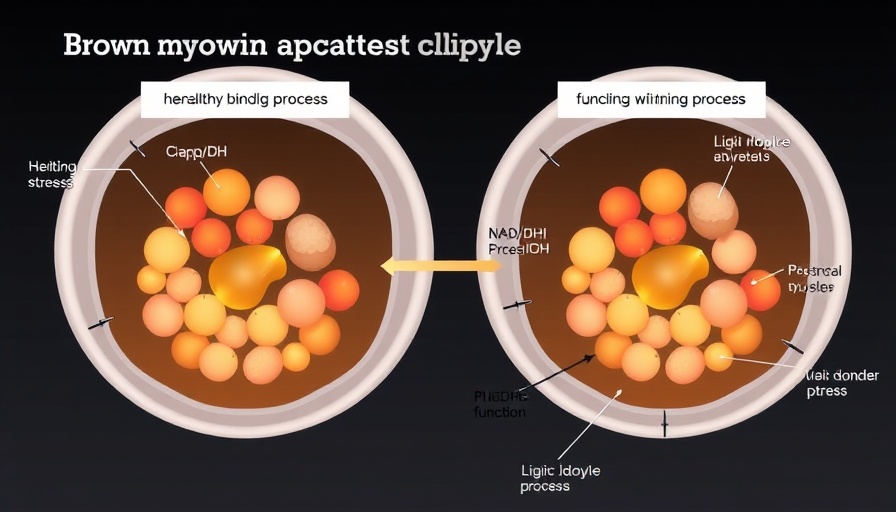
The Role of Schwann Cells in Nerve Regeneration
When peripheral nerves sustain damage, Schwann cells, the principal glial cells of the peripheral nervous system (PNS), play a pivotal role in promoting repair and regeneration. These cells not only support nerve growth but also produce critical growth factors and signaling molecules that facilitate recovery. Understanding the intricate mechanisms by which Schwann cells influence nerve rehabilitation can open new avenues for therapeutic strategies.
Pharmacological Interventions: Enhancing Schwann Cell Functionality
Recent studies emphasize that manipulating Schwann cell characteristics could significantly accelerate the nerve regeneration process. Compounds such as growth factors, hormones, and small molecules have been identified to modulate key intracellular signaling pathways that regulate the proliferation, differentiation, and migration of these cells. For instance, specific growth factors can promote Schwann cell myelination, ultimately leading to improved motor and sensory functions in patients recovering from nerve injuries.
Identifying Schwann Cell Phenotypes
Healthy peripheral nerves comprise two principal Schwann cell types: myelinating Schwann cells and non-myelinating Schwann cells (commonly known as Remak cells). The myelinating Schwann cells are crucial for enhancing the speed of nerve impulse transmission, while Remak cells play a vital supportive role for smaller diameter axons. Their distinct morphological and functional attributes underscore the necessity of tailored therapeutic approaches that target specific Schwann cell populations for optimized nerve repair outcomes.
Innovative Approaches in Cellular Health and Repair
With the emergence of regenerative medicine, Schwann cells are increasingly recognized as ideal targets for pharmacological intervention, especially with the growing interest in cellular rejuvenation. Strategies that leverage stem cell therapy or cellular repair techniques can be pivotal in reversing the effects of nerve damage. For instance, enhancing mitochondrial function and promoting autophagy within Schwann cells may rejuvenate their efficiency and utility in nerve healing.
Looking Ahead: Future Implications for Regenerative Medicine
As our understanding of Schwann cell biology deepens, the clinical implications for regenerative therapy are promising. With advancements in techniques to pharmacologically modulate Schwann cell behavior, the potential for reversing senescence in these essential cells could lead to significant breakthroughs in the field of nerve damage recovery. This insight aids not only in nerve repair but also in exploring broader applications in aging and cellular health.
Taking Action: Embracing Cellular Rejuvenation
The dialogue around Schwann cells exemplifies the critical nexus between pharmacology and cellular rejuvenation. For health-conscious individuals striving for long-term vitality, integrating knowledge about Schwann cell modulation and cutting-edge regenerative medicine strategies can significantly enhance overall cellular health. As you seek to understand and explore anti-aging techniques, consider the power of cellular rejuvenation in transforming health outcomes.
 Add Row
Add Row  Add
Add 




Write A Comment